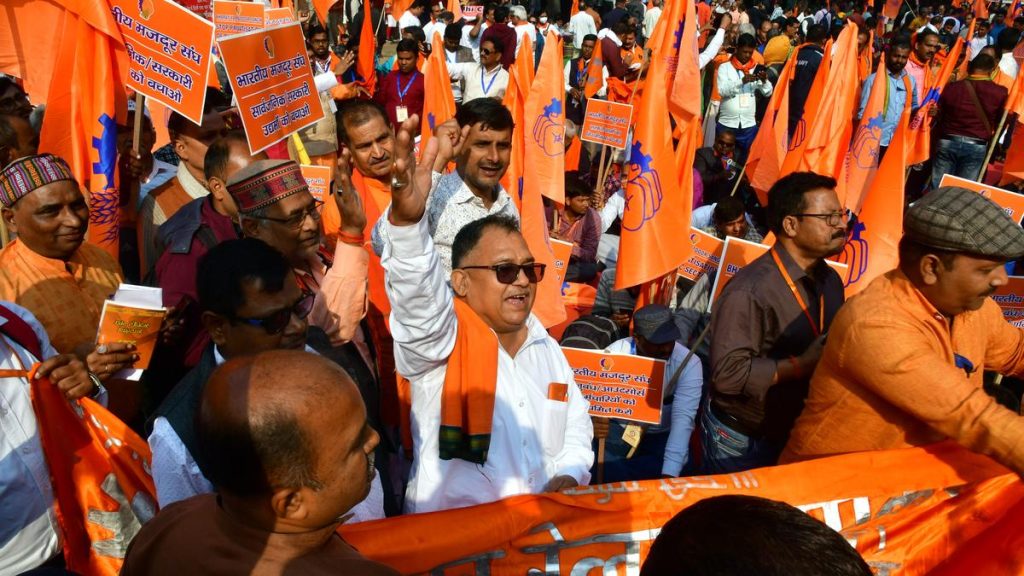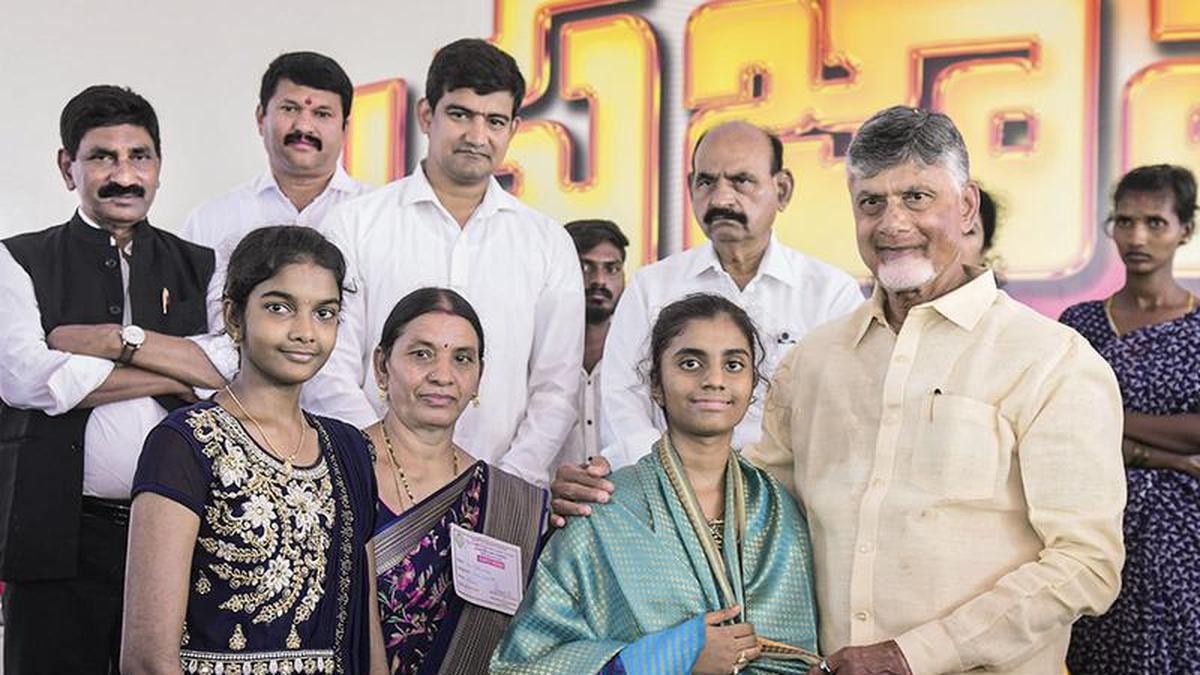Now Reading: Patients Struggle for Critical Care at Tri-State Border
-
01
Patients Struggle for Critical Care at Tri-State Border
Patients Struggle for Critical Care at Tri-State Border
Speedy Summary
- A 21-year-old woman named Latha (name changed) in Andhra Pradesh’s Chittoor district survived a suicide attempt after extensive medical interventions spanning multiple hospitals across important distances.
- Latha’s brother reported spending ₹3.7 lakh on her treatment, citing disappointment in both government and private healthcare systems.
- Chittoor district, located on the Andhra-Tamil Nadu-Karnataka tri-state border, faces a severe lack of accessible superspecialty healthcare services, with major government hospitals situated over 100-200 kilometers away.
- The PES Institute of Medical Sciences and Research (PESIMSR), a private medical collage in Kuppam town, is viewed as financially burdensome for poorer rural residents and criticized for inconsistent availability of staff.
- critical emergency cases are often referred to distant institutions like CMC Hospital (Vellore) or SVIMS Hospital (Tirupati), causing delays that frequently result in fatalities.
- Survey data by Apollo hospitals Educational and Research Foundation revealed over 1,500 critical emergencies referred outside Chittoor district during September-October 2022 alone, encompassing cardiac issues, trauma cases, and more.
- Over one hundred unregulated Private Medical Practitioners (PMPs) operate in the area; some are blamed for inappropriate treatments contributing to emergency escalations.
- Local leaders advocate establishing advanced medical facilities under National Health Mission funds to meet healthcare demands.
[Photo Caption: A view of the government district hospital in Chittoor | Photo Credit: ARRANGEMENT]
Indian Opinion Analysis
Chittoor’s persistent healthcare crisis underscores alarming systemic gaps affecting rural communities’ access to timely emergency care. Situated at a strategic tri-state border with increasing socio-economic mobility among its people-evidenced by their willingness to bear costly treatments-the region paradoxically lacks proximate specialized infrastructure. Moreover, dependency on distant institutions exacerbates delays during life-threatening situations while contributing significantly to financial stress on families.
The heavy reliance on CMC Hospital Vellore-commonly perceived as economical yet geographically distant-further highlights the urgent need for enhancing local public health resources. While proposed measures like trauma centers signal potential progress if implemented effectively through national Health Mission funding streams or similar state initiatives, these must prioritize equitability alongside accessibility.
Moreover, addressing malpractice linked to unregulated PMPs should be institutionally prioritized since underlying treatment failures risk compounding existing referral bottlenecks at higher-level facilities. Holistic reforms merging infrastructural upgrades with better regulatory oversight stand central toward empowering underprivileged segments with secure access paths within this overlooked region.























